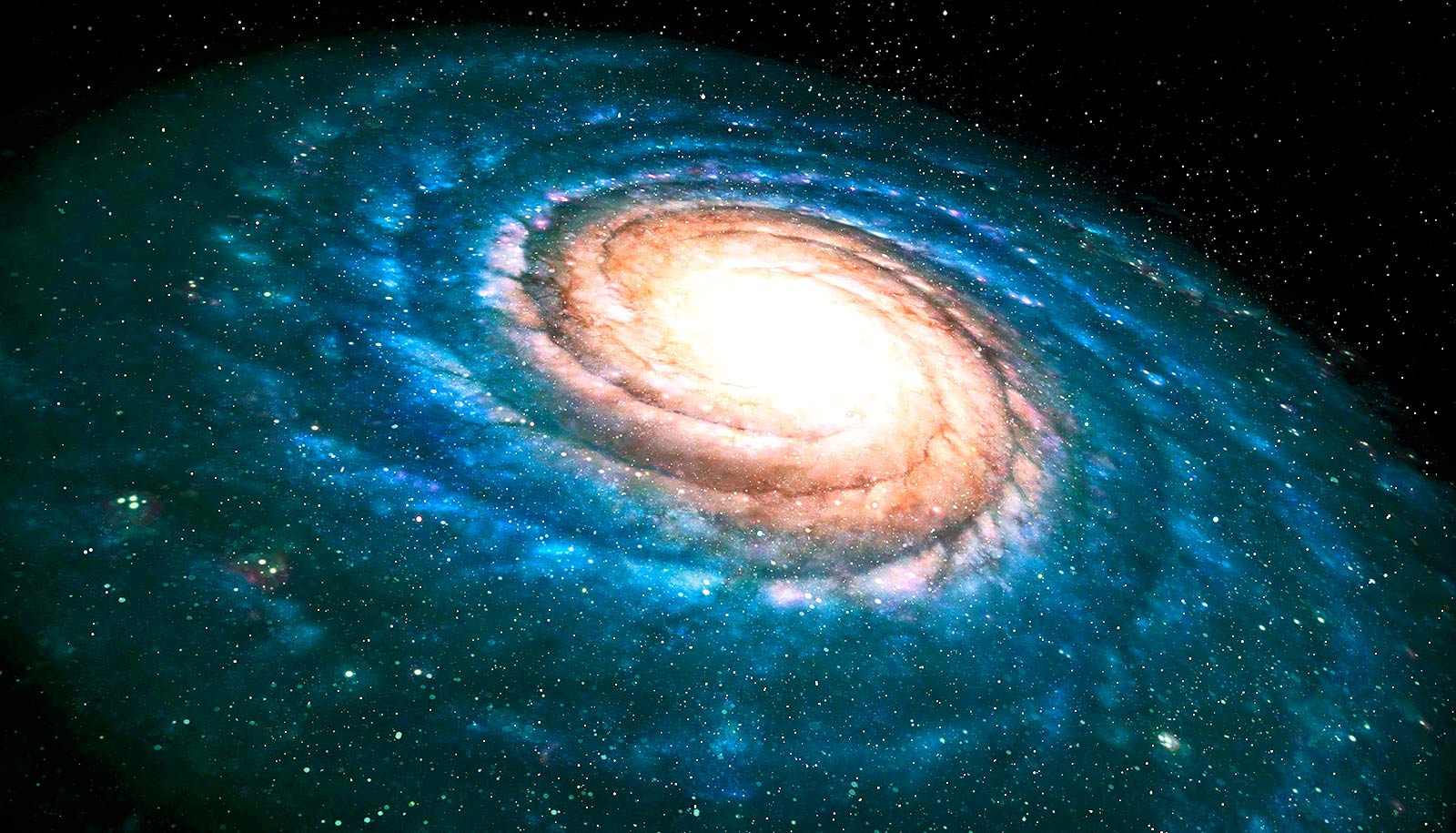Astronomers are using NASA’s James Webb Space Telescope to peer deeper into the universe and farther back in time than ever before.
Already, the team has discovered hundreds of galaxies that existed when the universe was less than 600 million years old—just 4% of its current age.
The Webb Telescope, or JWST, also has observed galaxies sparkling with a multitude of young, hot stars formed during what researchers call “surprisingly episodic bursts of star formation.”
They made the observations as part of the JWST Advanced Deep Extragalactic Survey, or JADES, which is dedicated to uncovering and studying extremely faint, distant galaxies. Thirty-two days of observing time have been devoted to JADES, which is one of the largest observing programs in Webb’s first year of science.
The key to JWST’s ability to sniff out the extremely faint signatures of distant objects is its large, light-gathering mirror and infrared sensitivity.
“With JADES, we want to answer questions such as, ‘How did the earliest galaxies assemble themselves? How fast did they form stars? Why do some galaxies stop forming stars?'” says Marcia Rieke, a professor of astronomy at the University of Arizona Steward Observatory and a co-lead of the JADES program.
Space fog
During his doctoral research at Steward Observatory, JADES team member Ryan Endsley, who is now a postdoctoral fellow at the University of Texas at Austin, led an investigation into galaxies that existed 500 to 850 million years after the Big Bang, a crucial time known as the “Epoch of Reionization.”
“Star formation in the early universe is much more complicated than we thought.”
For hundreds of millions of years, the young universe was filled with a gaseous fog that made it opaque to energetic light such as ultraviolet light or X-rays. About 1 billion years after the Big Bang, the fog had cleared and the universe became transparent during a process known as reionization.
Scientists have debated whether active, supermassive black holes or galaxies full of hot, young stars were the primary cause of reionization. As part of the JADES program, Endsley and his colleagues studied these galaxies specifically to look for signatures of star formation—and found them in abundance.
“Almost every single galaxy that we are finding shows these unusually strong emission line signatures indicating intense recent star formation,” Endsley says. “These early galaxies were very good at creating hot, massive stars.”
These bright, massive stars pumped out torrents of ultraviolet light, which transformed surrounding gas from opaque to transparent by ionizing atoms, unbinding their electrons from the nuclei. Since these early galaxies had such a large population of hot, massive stars, they may have been the main driver of the reionization process. The later reuniting of the electrons and nuclei produces the distinctively strong emission lines.
Endsley and his colleagues also found evidence that these young galaxies underwent periods of rapid star formation interspersed with quiet periods during which fewer stars formed. These fits and starts may have occurred as galaxies captured clumps of the gaseous raw materials needed to form stars. Alternatively, since massive stars are short-lived before they explode, they may have injected energy into the surrounding environment periodically, preventing gas from condensing to form new stars.
Billions of stars
Another element of the JADES program involves the search for the earliest galaxies that existed when the universe was less than 400 million years old. By studying these galaxies, astronomers can explore how star formation in the early years after the Big Bang was different from today. The light from faraway galaxies is stretched to longer wavelengths and redder colors by the expansion of the universe—a phenomenon called redshift. By measuring a galaxy’s redshift, astronomers can learn how far away it is and, therefore, at what time it existed in the early universe.
“Before JWST, there were only a few dozen galaxies observed above a redshift of 8, when the universe was younger than 650 million years old, but JADES is now uncovering nearly a thousand of these extremely distant galaxies,” Rieke says.
The JADES team identified more than 700 candidate galaxies above redshift 8, which will completely overhaul astronomers’ understanding of early galaxy formation. The sheer number of these sources far exceeded predictions based on observations made before the launch of JWST. Webb’s fine resolution and sensitivity allow astronomers to get an unprecedented view of these distant galaxies.
“Previously, the earliest galaxies we could see just looked like little smudges,” says JADES team member Kevin Hainline, an assistant research professor at Steward Observatory. “And yet those smudges represent millions, or even billions, of stars at the beginning of the universe. Now, we can see, incredibly, that some of them are actually groupings of stars being born only a few hundred million years after the beginning of time.”
“What all this tells us,” Rieke says, “is that star formation in the early universe is much more complicated than we thought.”
The team presented their latest observations at the 242nd meeting of the American Astronomical Society in Albuquerque, New Mexico.
Source: University of Arizona



